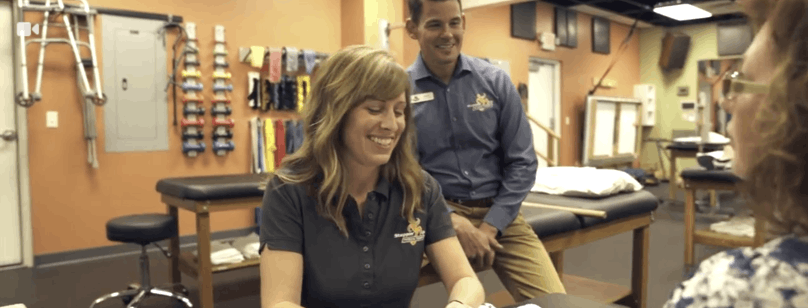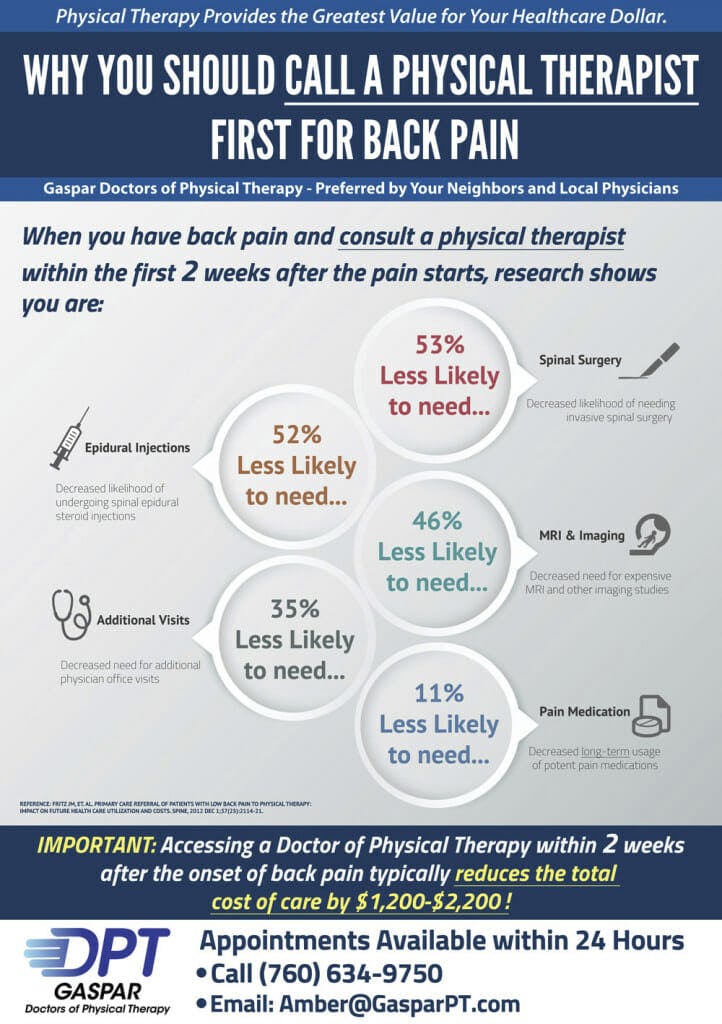What is Copywriting?
Copywriting is the art and science of crafting written content designed to persuade or influence an audience to take a specific action. For physical therapy private practice owners, effective copywriting can make a significant difference in attracting new patients, retaining current ones, and building a strong reputation within the community.
When Physical Therapy Owners Need Good Copywriting
Website Content
Purpose: A well-written website is essential for attracting and converting visitors into patients. It should clearly communicate the practice’s values, specialties, and benefits.
Key Elements: Home page, service pages, patient testimonials, about us, and blog posts.
Email Campaigns
Purpose: Email marketing can nurture leads, keep current patients engaged, and re-engage past patients. Effective emails inform, educate, and motivate recipients to take action.
Key Elements: Newsletters, appointment reminders, promotional offers, and educational content.
Brochures and Printed Materials
Purpose: Brochures and other printed materials can effectively communicate the practice’s services, specialties, and benefits to potential patients and referring physicians.
Key Elements: Service descriptions, patient success stories, and clear calls-to-action.
Communications to Referring Physicians and Insurance Companies
Purpose: Professional and persuasive communication can build relationships, enhance reputation, and ensure smooth administrative processes.
Key Elements: Referral forms, treatment summaries, and insurance claims.
The Power of Emotions in Copywriting for Physical Therapy Practices
We all know that human decisions are often driven by emotions. For physical therapy private practice owners, triggering the right emotions in your copy can significantly increase patient engagement and conversion. Here are eight key emotions to consider:
Hope
Purpose: Provide a vision of a better future through recovery and improved health. Use aspirational language and success stories to inspire patients.
Example: “Imagine a life free from pain. Our tailored treatment plans are designed to help you achieve a healthier, more active lifestyle.”
Trust
Purpose: Build trust through transparency, social proof, and guarantees. Highlight the qualifications and successes of your practice.
Example: “Our patients trust us for our evidence-based treatments and compassionate care. See their stories and start your own journey to recovery with us.
Fear
Purpose: Leverage primal fears to motivate action. This could involve fears of missing out on timely treatments, not recovering fully, or worsening conditions if therapy is delayed.
Example: “Don’t wait until the pain becomes unbearable. Schedule your appointment today to prevent further injury and get back to your active life.”
Pride
Purpose: Appeal to patients’ sense of self-worth by validating their efforts and highlighting their virtues.
Example: “Join the countless patients who have regained their strength and confidence with our personalized physical therapy programs.”
Greed
Purpose: Highlight exclusive benefits and potential gains to encourage patients to choose your services.
Example: “Take advantage of our limited-time offer and receive a complimentary initial consultation. Start your path to recovery with the best in the field.”
Guilt
Purpose: Gently remind patients of the consequences of neglecting their health, while offering a supportive solution.
Example: “Don’t let your busy schedule stand in the way of your well-being. Our flexible appointment times ensure you can prioritize your health without compromise.”
Desire
Purpose: Tap into patients’ aspirations and ambitions for better health and a higher quality of life.
Example: “Experience the freedom of movement and the joy of living pain-free. Our expert therapists are here to guide you every step of the way.”
Curiosity
Purpose: Engage the audience by sparking their interest and encouraging them to learn more about your services and expertise.
Example: “Ever wondered how professional athletes recover so quickly from injuries? Discover the secrets of advanced physical therapy techniques that can help you too.”
The Importance of Touching on Emotions
Engaging with patients on an emotional level can make your copy more impactful and memorable. Emotional connections help build trust and rapport, making patients more likely to take action, whether it’s scheduling an appointment, referring others, or staying loyal to your practice.
By carefully crafting your messages to evoke specific emotions, you can create a stronger bond with your audience and drive better results for your practice. Now let’s look at how we can apply these techniques with employees/colleagues.
Practical Application in The PT Practice Business Setting
The Importance of Good Copywriting to Persuade Employees
Enhancing Employee Engagement
Good copywriting is crucial for engaging employees and fostering a sense of belonging within the practice. Clear, motivational, and well-crafted messages can help employees understand their roles and how they contribute to the overall success of the practice. When employees feel engaged, they are more likely to be committed and proactive in their work.
Clarifying Objectives and Expectations
Effective copywriting ensures that employees clearly understand the practice’s goals, values, and expectations. This clarity can be communicated through internal newsletters, memos, and emails. When employees are well-informed, they can align their actions with the practice’s objectives, leading to a more cohesive and productive work environment.
Encouraging a Positive Work Culture
Good copywriting can help shape and maintain a positive work culture. By regularly sharing stories of success, appreciation for hard work, and encouraging messages, copywriters can build morale and motivate employees to perform their best. A positive work culture leads to higher job satisfaction and lower turnover rates.
Promoting Team Collaboration
Persuasive copywriting can encourage teamwork and collaboration by highlighting the benefits of working together and the achievements that can be reached through collective effort. Effective communication about team goals, successes, and the importance of each member’s contribution can foster a spirit of cooperation and mutual support.
Driving Change and Innovation
In times of change, such as implementing new policies or adopting new technologies, good copywriting is essential to get employee buy-in. Clear, persuasive messages can explain the reasons for the change, the benefits it will bring, and how it will be implemented. This can reduce resistance and increase acceptance and enthusiasm for new initiatives.
Reinforcing Compliance and Best Practices
Copywriting plays a vital role in ensuring that employees follow best practices and comply with regulations. Well-crafted communications can explain the importance of adherence to protocols, the potential consequences of non-compliance, and the rewards of following procedures correctly. This helps maintain high standards of practice and minimizes risks.
Boosting Employee Motivation and Performance
Motivational messages that recognize achievements, set clear goals, and provide constructive feedback can boost employee motivation and performance. Good copywriting can inspire employees to strive for excellence and take pride in their work, ultimately benefiting the entire practice.
Examples of Effective Copywriting for Employee Persuasion
Internal Newsletters
Purpose: Keep employees informed about the latest news, updates, and achievements within the practice.
Example: “Our practice has successfully reduced patient wait times by 20% this quarter, thanks to your dedication and hard work. Let’s keep up the great effort!”
Emails and Memos
Purpose: Communicate important information, changes, and initiatives clearly and persuasively.
Example: “Starting next month, we will be implementing a new electronic health records system to streamline patient care and improve efficiency. Training sessions will be provided to ensure a smooth transition.”
Motivational Messages
Purpose: Inspire and motivate employees to perform their best and stay committed to the practice’s goals.
Example: “Your efforts are making a real difference in our patients’ lives. Keep pushing forward, and together we will achieve even greater milestones.”
By leveraging good copywriting, physical therapy practices can effectively persuade employees to act in the best interest of the practice, fostering a more engaged, motivated, and productive workforce.















